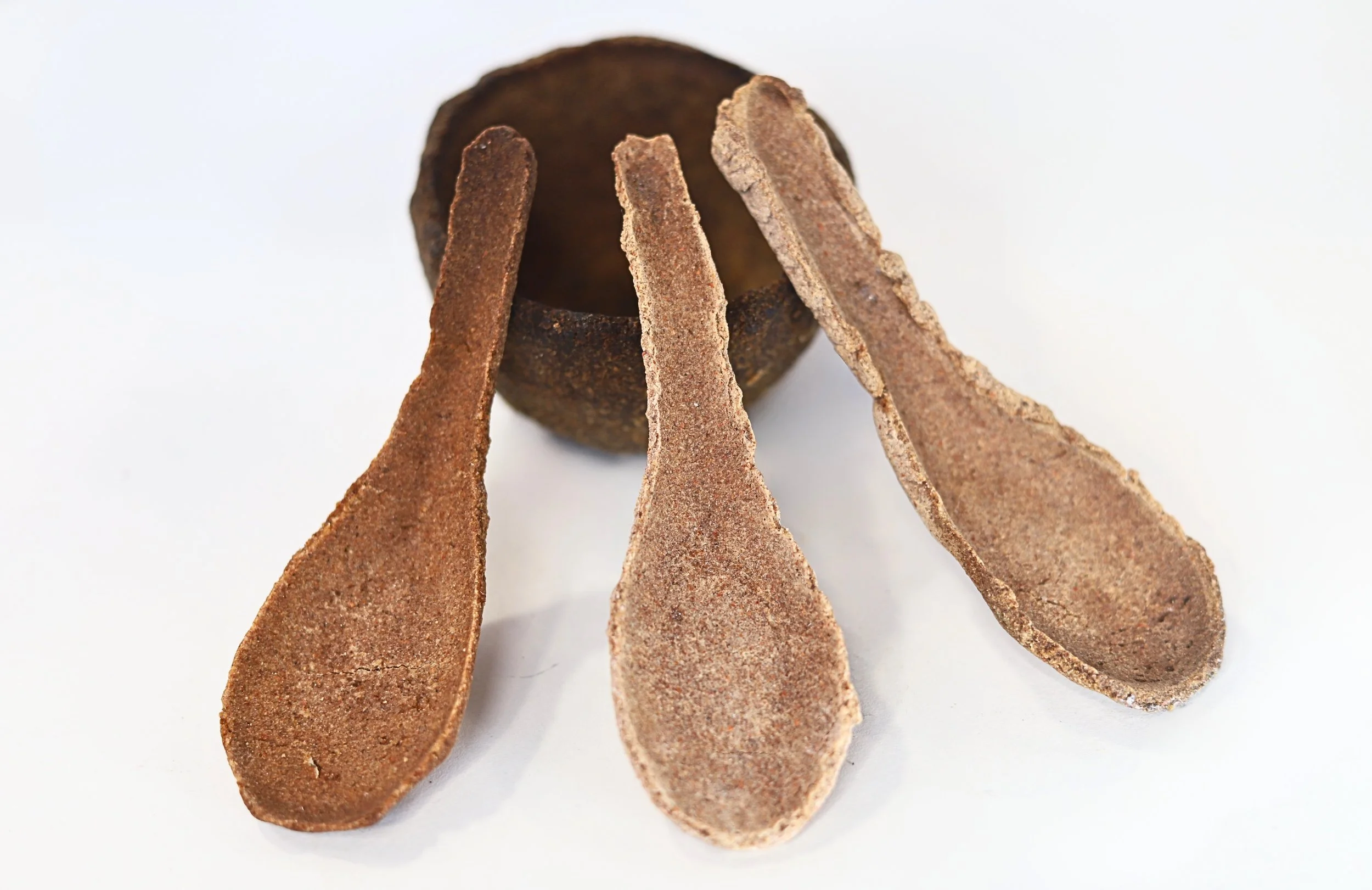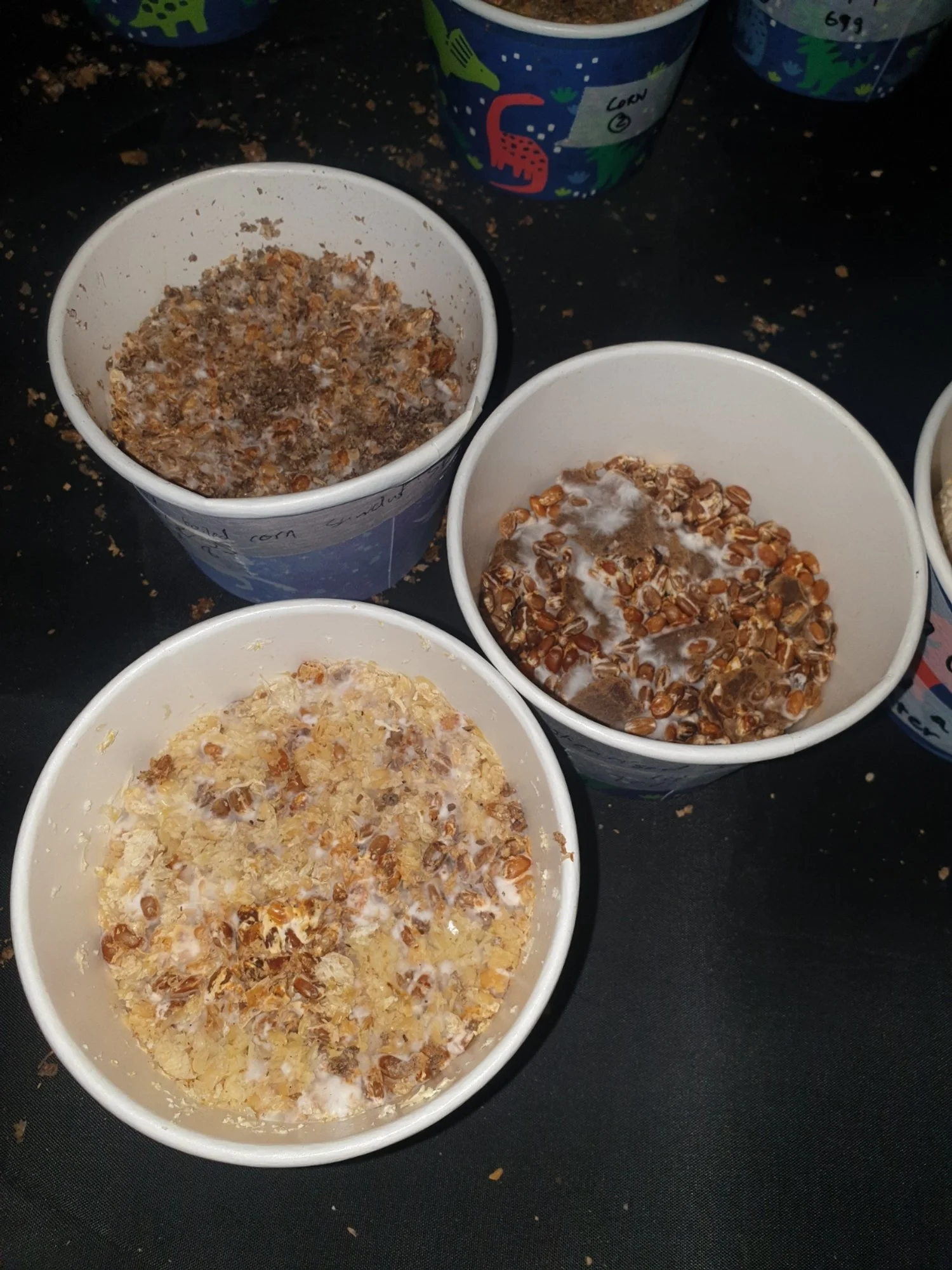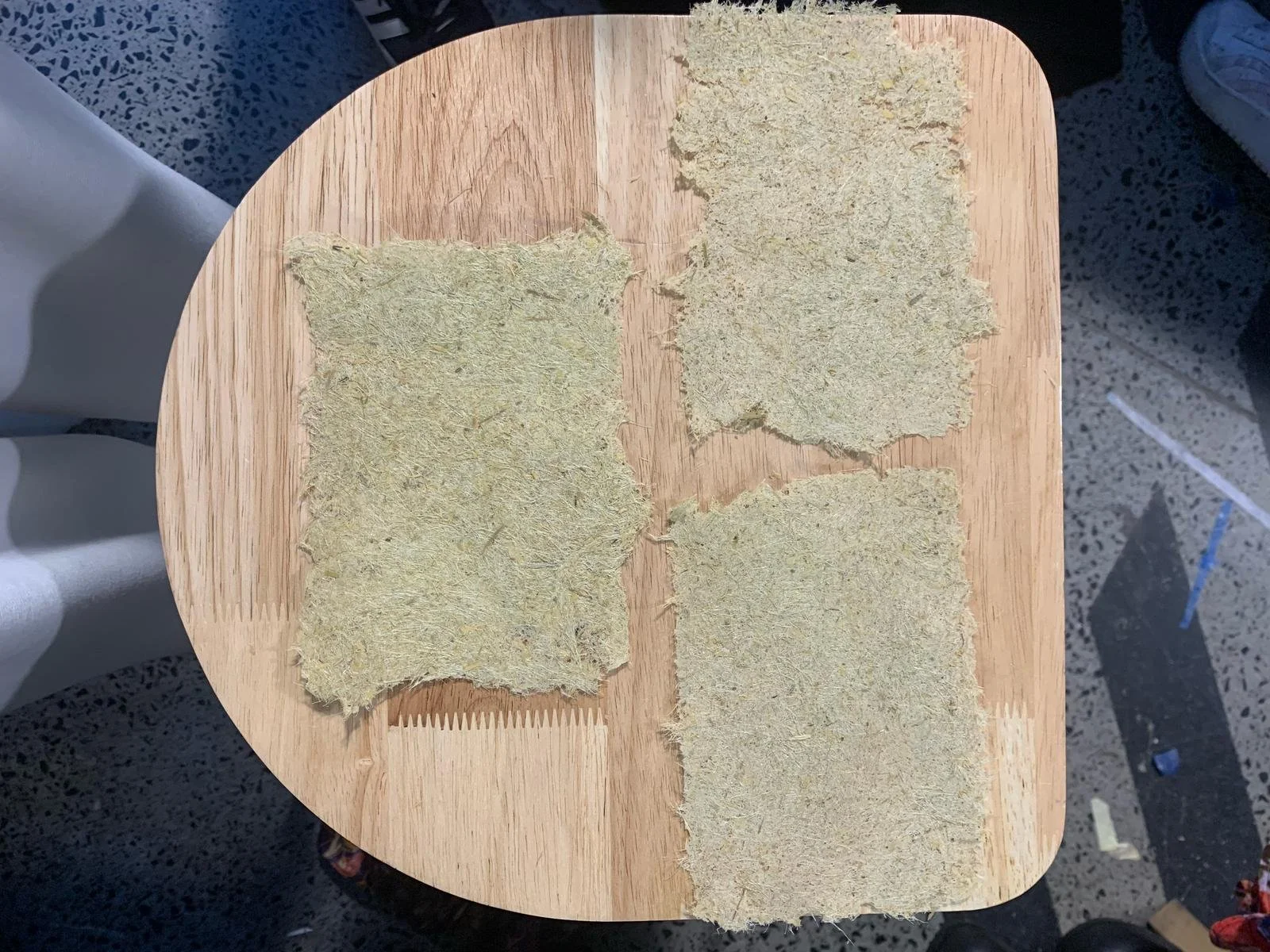Beyond Plastic
The Beyond Plastic division is responsible for incorporating and conducting research on biodegradable material into PPM through practical experimentation and lab work. This includes trialing alternate solutions to the plastic and food waste crisis through material testing, process and product development.







